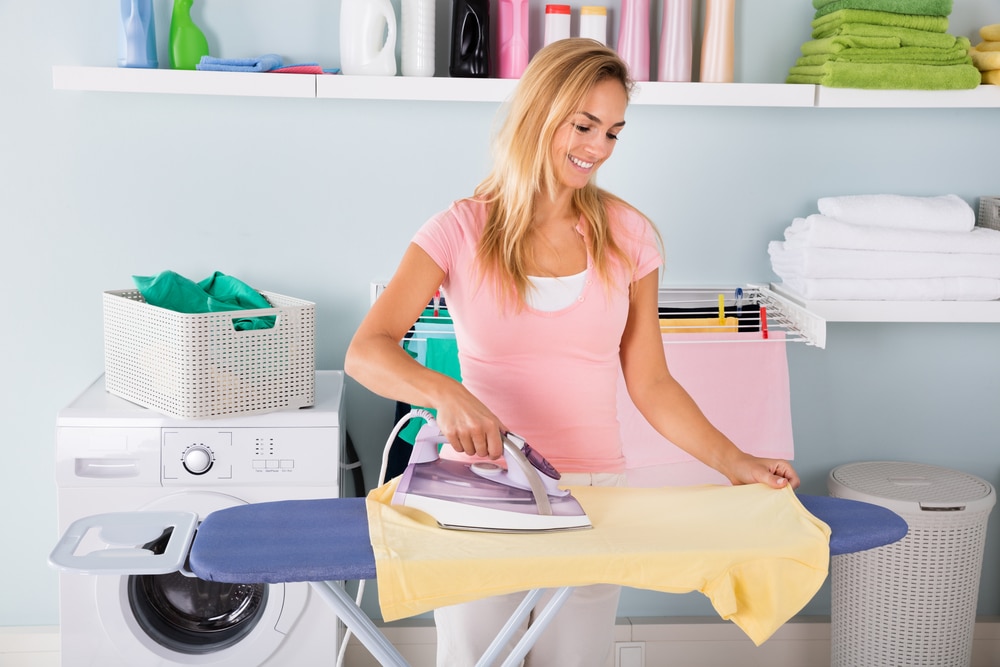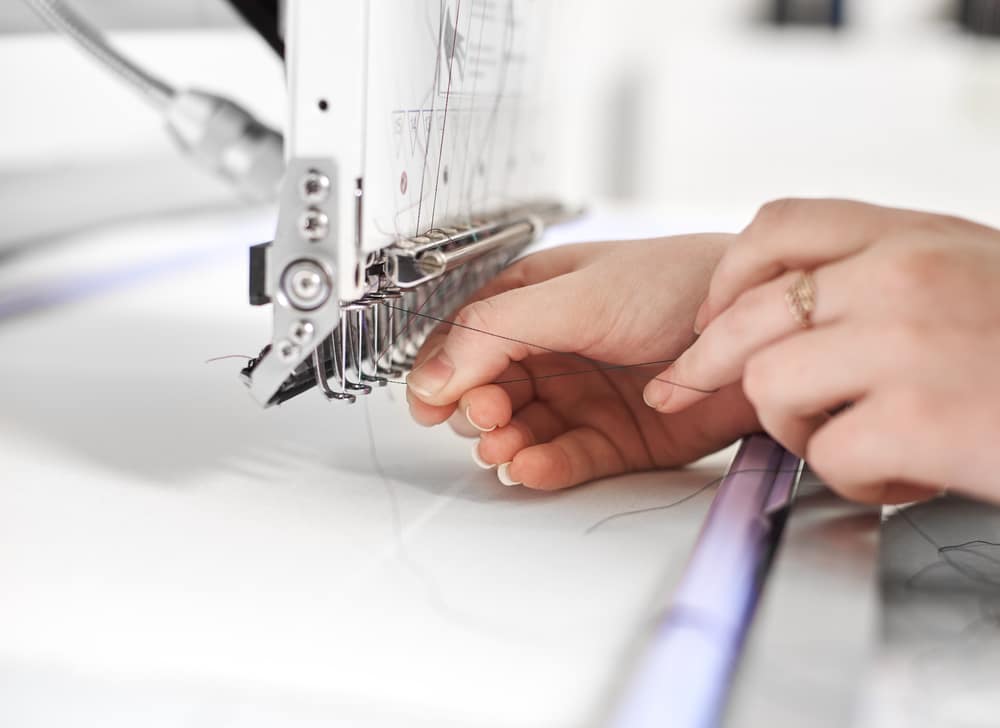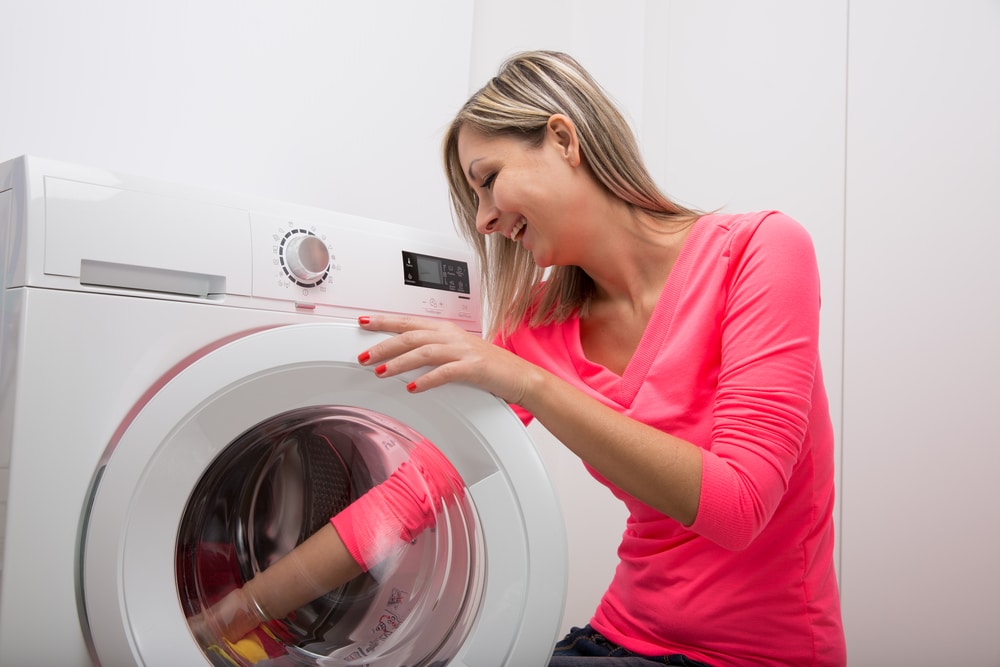Last Updated on
Do you know how to use an ironing board correctly?
We iron our clothes whenever we have time. Unfortunately, a lot of people iron as they feel they should, ignoring the instructions on their clothing and ironing boards.
Ironing boards are among the essential accessories in many homes. We use them to keep our clothing looking perfect and pristine for longer and to ensure we can always look professional when we need to. Yet, despite the apparent popularity of ironing boards, there are still people who don’t know how to use them correctly.
Ironing boards might seem simple at first glance, but there are ways you can potentially damage your clothes if you misuse your iron.
Here’s what you need to know about getting the most out of your ironing board.
How to Iron a Shirt
Ironing clothes can be an easy experience. However, keep in mind that how you use your iron will depend on the type of cloth you’re ironing and the cut of the garment.
Let’s start by looking at a popular item to iron. Shirts are the most common item people will want to learn how to iron. Keeping each sleeve looking crisp and fresh is crucial if you don’t want your look to be ruined by wrinkles.
- With a shirt, you’ll usually start with the space on the sleeves, as they’ll be unlikely to take on any extra wrinkle when they’re hanging off the edge of the board. Doing the middle of your shirt first and the sleeves second will end up causing each space of the garment to crease, even after you’ve already ironed them.
- When removing the wrinkle and creases from a shirt, it’s a good idea to open the cuffs. This is because you can lay the fabric flat on the board space and get the best finish.
- When you’re ironing the shirt’s collar, open it properly and lay the garment flat.
- After you’re done ironing, allow your fabrics to hang for a couple of minutes before you place them in your wardrobe.
- As your garment cools, the “flat” finish will set, so your clothes won’t wrinkle again when you put them away.
- Keep your clothes in a space where the garments won’t be knocked as the wrinkles fall away.
Ironing Pants and Skirts
Ironing pants properly can be difficult, which is why people often recommend using a “press” instead of a standard iron. If you prefer to use an iron, the key to success is to be as gentle as possible with your clothing. Pressure from the steam and iron will do most of the work here, so try not to push down on the pants material too much.
If you can’t find the main crease of your pants, lie them flat on the ironing board or a table, and line the seams up accordingly on each leg. The crease should go all the way up the leg and stop just beneath the waist. If there are pleats in your pants, you might need to take the crease even further.
If you’ve pressed a crease correctly, the pant needs to hang up by the waist for an hour or two before you put them away. It gives the material a chance to set and ensures that the creases remain where they’re supposed to be.
Skirts are pretty simple to iron. You start at the top and work your way down. If you have a skirt that flares quite dramatically at the bottom, you may need to start at the bottom and iron the flounces (flares of the skirt) one by one.
Skirts are among the easiest clothes to iron because they don’t have as many hems and seams to worry about. If you’re ironing a dress, things become a little more complicated. You’ll need to start by working on the body of the dress, using the tips you used above for shirts. Work down below the waist. Then, make sure that the top of the dress hangs while working on the skirt.
Remember to hang the clothes in a clean space away from your ironing boards to let the flatness set after ironing.
Setting Temperatures for Different Fabrics
The material of what you’re ironing will also significantly impact how much temperature you should use. As you go through your laundry, sort your clothing by thicker materials like towels, allowing for a higher temperature of ironing and steam. You can even put towels in the tumble dryer and not worry too much about ironing if you prefer.
Using the correct temperature of hot iron with your ironing board will ensure you get the best result while protecting the fabric of your clothing. Here are some top tips to keep in mind.
• Cotton: When ironing cotton, the material should be slightly damp. If your fabric isn’t still a little wet from the washing machine, you can dampen it with a spray bottle before you begin ironing. A damp surface will prevent burns on your shirts or clothing. Be careful around the collar space to ensure the crease looks right.
• Linen: When ironing linen shirts and clothes, iron them inside out first. It will improve the natural sheen of the material on the surface. Using ironing boards with a protective spray can be helpful when dealing with sensitive materials.
• Silk: With Silk, be extra careful with how much heat you expose your clothing. These fabrics are very delicate. Keep your iron cool so you don’t burn the fabric. You can even put a towel over the top of a silk laundry item, just in case. Keep your silk shirts in a cool place after ironing.
• Wool: Looking after clothes made from wool is easy enough. Turn your laundry inside out as you would with linen shirts before you begin. Keep woollen clothes in a warm, dry space to completely dry before you start ironing.
• Acrylic: Acrylic materials are very fragile. Even if there’s only an acrylic design on your top, make sure that the garments are dry before you begin applying any temperature.
• Polyester: Polyester materials need to be mostly dry before you begin ironing. Iron inside out and follow any instructions from the fashion designer when finishing off your garment.
How to Improve Your Ironing Results
Over time, you’ll get used to using your ironing board with different kinds of clothing and material. If you’re used to using another flat surface, like a table with a board cover, then you should find ironing boards to be a nice change of pace. Remember, before you begin ironing fabric with your new ironing board and iron, ensure you have all the right accessories.
You can look into ironing protection sprays to protect slightly damp clothing and fabric when you’re getting rid of wrinkles. There are special heat protection sprays for specific kinds of material too. Check the instructions for your iron to find out how hot it should be for each type of fabric. In addition, follow the guidelines on how to set up your ironing board.
Make sure your ironing board is stable before you begin ironing. An ironing board cover will give you a soft and flat surface where you can easily remove creases from your clothing. A cover also helps to improve the overall performance of your ironing board.
If you ever have to iron without an ironing board due to lack of space, make sure you follow the guidelines provided by your iron for related situations. A sewing table or floor with a towel over the top could be a good alternative when you don’t have room for an ironing board. You can iron on top of almost any flat space.
How to Choose the Right Ironing Board

You’re only as good as your tools allow. It means that if you want to get the best results from your ironing, you need to know how to choose the right ironing board. If you’ve ironed your sewing creations or clothes before, you’ll see what you feel most comfortable with.
Often, it’s best to choose an ironing board that’s large enough to allow your clothes to rest on it easily while being small enough for compact storage when necessary, too. If you don’t have a lot of room for your ironing board, one you can fold down when you’re not using it might be a good choice. You could also look into having different cloth maintenance tools for various needs.
For instance, you might buy a hot steam system for your wrinkled dresses and use a pants press for your trouser. Then you can use a small ironing board for the rest of your garments. When choosing your ironing board, make sure it comes with a sleeve or cover for protection and a metal frame that won’t bend over time.
Which Way Should the Ironing Board Face?
It would help if you immediately began to get the hang of your ironing board when you’re using it more often. However, it’s worth making sure that you’re using this product correctly. When ironing delicate clothing and material, ensure that your ironing board faces the direction that makes sense to you. If you’re right-handed, the pointed end of the ironing board should be pointing towards the left. If you’re left-handed, you should have your ironing board pointed toward the right.
If you’re not sure which way your ironing board should face, try out both directions. While you’re ironing and folding various pieces of cloth, see which direction is most comfortable for you.
Delicate Pieces
Remember, always leave your garments to cool before putting them away with the rest of your clothes. Also, consider using heat spray if you’re concerned about delicate sewing or materials. If you’re worried about ironing your sewing because you’re not sure how strong it is, you can use a steamer instead. Ironing boards are great for steaming sewing projects if you don’t want to use iron for your products.
Keep Your Clothes Neat and Tidy
It’s easy enough to iron your clothes on your bed, a flat surface, a table, or the floor. However, using an ironing board is the most convenient way to make them presentable. Learning how to use an ironing board correctly means you’re less likely to damage your expensive clothing and other pieces of fabric.
Do you own an ironing board? What do you usually iron? Do you have additional ironing tips? Tell us about it below!
Rebekah is a writer who loves to explore new products and find hacks that make life easier. She has a knack for all things home improvement, health and fitness. So you’ll often find her on Pinterest or browsing Houzz for ideas.
She’s always looking for the next thing to fix up around the house or what gadget might be just right for her lifestyle. Rebekah enjoys exploring new recipes, taking care of her family, and making sure she stays healthy with regular workouts at the gym.



